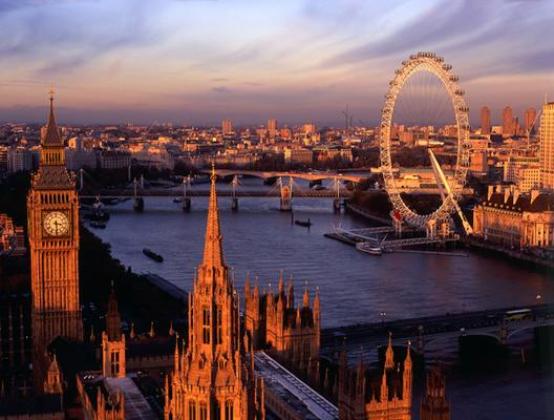Top 10 Most Interesting Places to Visit in Rome
Rome is an amazing city and it doesn’t even have to try hard to show that fact. If you’re looking for must-see spots,then you are in the right place because Rome is full of them to be more clear it is full of them than most places have. It’s like the city is a champion of history and cool stuff to do and see.
Looking for the most interesting places to visit in Rome?
Let me tell you that they’re really as great as everyone says. You might think that Rome is all talk, but truly it’s not. It really is all that great or even better than great. It’s like hitting the jackpot when it comes to cool places to visit, see and enjoy.

Rome is among the most visited cities in the world. Some of the sights here are indeed world famous. Here are the top 10 most interesting places to visit in Rome that every first-time traveler must see on their trip to the Eternal City.
1. The Colosseum

The Colosseum in Rome is included in the list of New wonders of the world. For almost 2000 years, one of the main symbols of Italy has been attracting tourists from all over the world. Travelers strive to get in touch with the historical past, feel the spirit of gladiatorial combat and see with their own eyes the majestic amphitheater, built in just eight years.
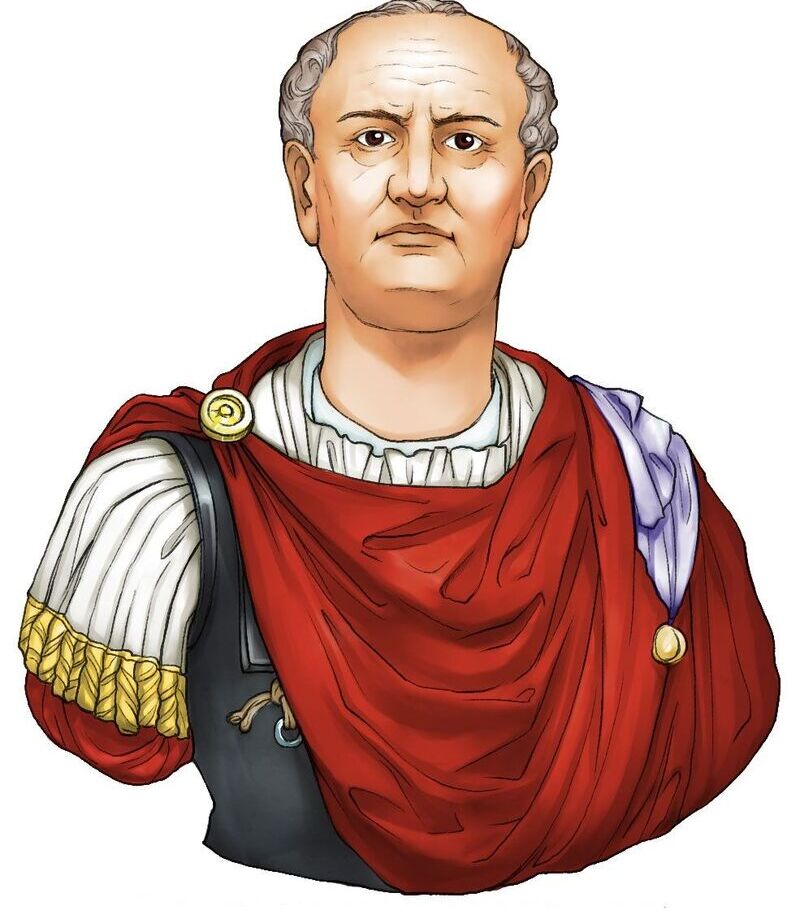
Who built the Roman Colosseum?
In 70, Vespasian ordered the construction of an amphitheater in the center of the city, on the site of Nero’s residence. In this way, he hoped to demonstrate his care and patronage to the people. However, large-scale construction required large financial investments. Tax increases could lead to another riot, but it was also impossible to postpone construction until better times. In April of the same year, Titus, the eldest son of Vespasian, besieged Jerusalem, taking possession of all its riches.
Historians say that about one hundred thousand slaves participated in the construction of the amphitheater, who were entrusted with the delivery of materials from Rome. Later, Vespasian changed his strategy — by selling some of the workers, he received a good amount, which was enough to pay for specialists. The construction of the Colosseum lasted eight years. It was completed in 80 during the reign of Emperor Titus, who succeeded his father on the throne.
Why is the Colosseum called that?
The official name is the Flavian Amphitheater, since it was Emperor Vespasian who proposed and began to implement the idea of building a magnificent structure. The name “Colosseum” appeared only in the VIII century — the word “colosseus” is translated by linguists as “huge”, “colossal”.
There is another version. Guides usually tell during the tour. We recommend you take a guided tour as it is one of the best way to explore the city, as Rome an ancient city without guide you opt to miss a lot of parts.
What games were there at the Colosseum?
The opening of the Colosseum was grandiose. A total of 5,000 animals were brought into the arena against the gladiators. Since then, bloody battles have regularly caused the delight and rejoicing of the public.
Gladiators are criminals sentenced to death, or slaves who were bought and trained for fighting. There were cases when free people joined the ranks of gladiators in the hope of becoming famous and earning money.
Colosseum will be at the top of any list of the must-sees in Rome. It was once the largest amphitheater, a place where criminals, lions, and gladiators fought with a roaring audience wildly cheering them on. Don’t miss the awesome photo op outside of the Colosseum.
2. Palatine Hill
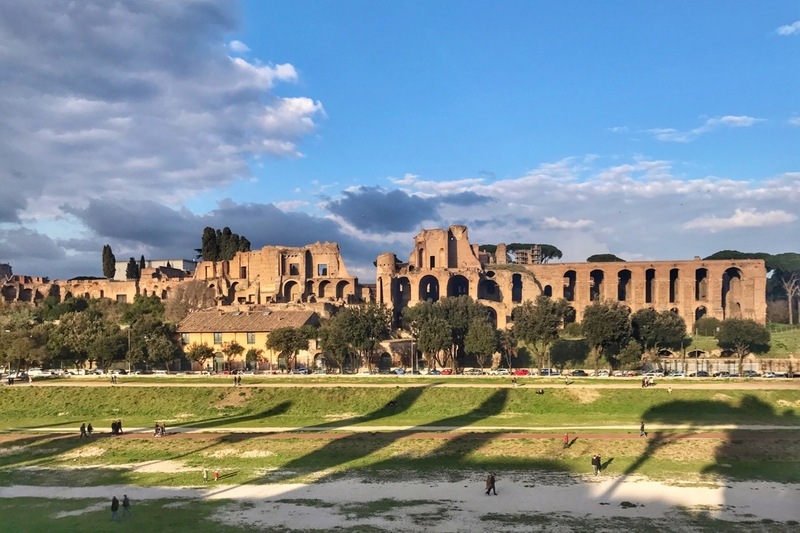
The Palatine Hill was among the most powerful places in ancient Rome, and today, you’ll see some of the most interesting sites of Roman Civilization here. Don’t miss the house of Livia and Augustus.
3. Roman Forum
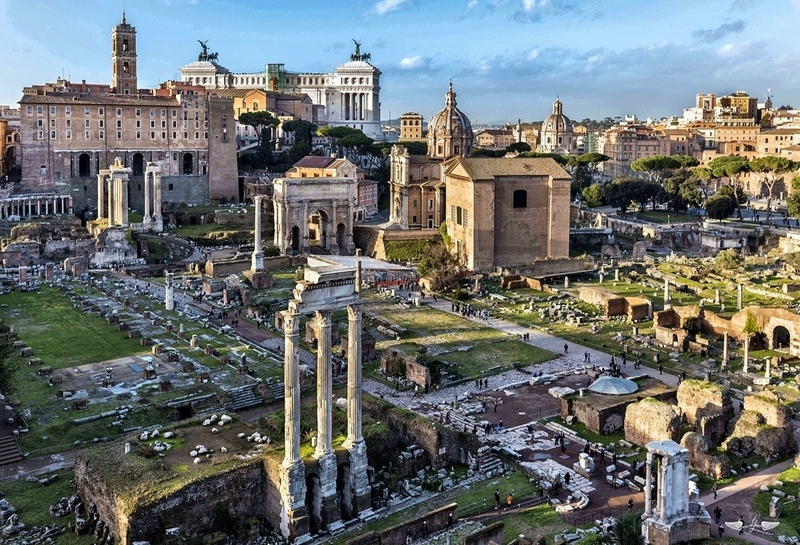
The Roman Forum is among the best-known tourist sites in Rome now and was once center of the Roman Empire. Be imaginative and you can truly envision how the ancient Romans lived and ruled.
4. Vatican Museums
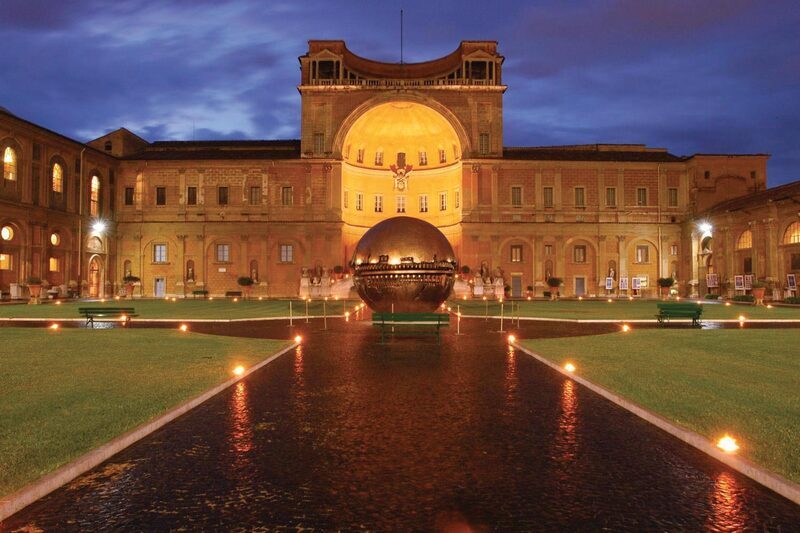
You should definitely visit the Vatican Museums, which are both educational and interesting. You can see some of the finest historical pieces and artwork, including frescoes, the Sistine Chapel, Raphael originals, and much more.
5. Hadrian’s Villa
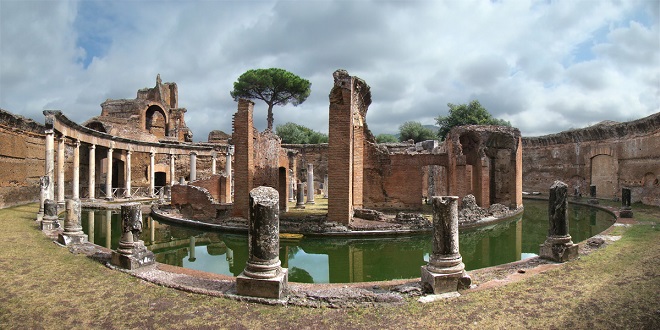
This site holds the ruins of the private home of the very powerful Roman Emperor named Hadrian. Located in the countryside outside of Rome, this a lovely place to visit on a day tour.
6. The Pantheon
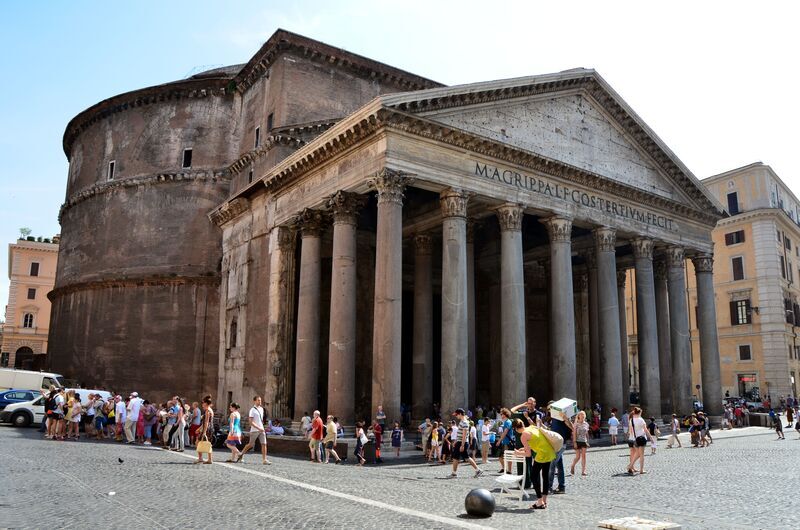
One of the first things you will see in Rome is the Pantheon, and its facade of grand columns and old brick walls is quite impressive, even after so many years. But the most remarkable feature of this building is the dome that stands at 43 meters tall. It was once the largest dome in the world and the hole in its center has impressed architects for centuries.
7. The Trevi Fountain
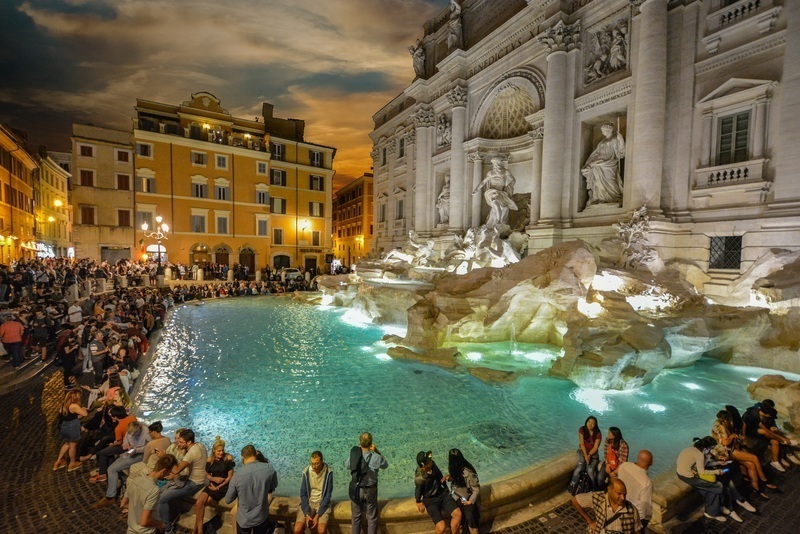
Trevi Fountain (Fontana di Trevi) is one of the most popular Rome tourist attractions, and when you see it in all of its grandeur, it’s no wonder why. Toss a coin over your shoulder and make a wish before sitting in the square to do some fantastic people watching.
8. Piazza del Campidoglio
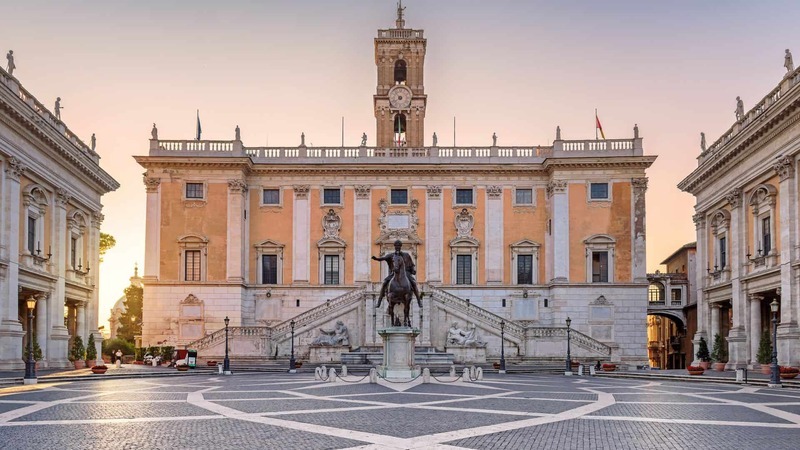
This Roman piazza was developed according to Michelangelo’s plan to revive the Capitoline Hill. It has been a very important site for a long time, and by walking the beautiful staircase, you can get a better idea of Michelangelo’s vision.
9. Inside St. Peter’s Basilica
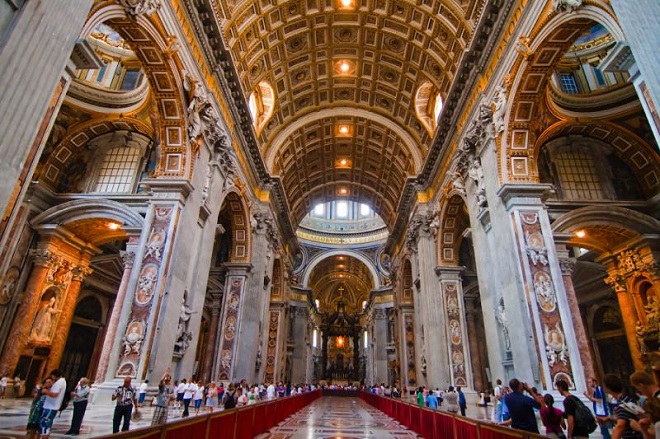
Michelangelo’s presence is also found throughout the interior of St. Peter’s, which is soaring and overwhelming. Be sure to check out his famous Pietà sculpture.
10. Villa dei Quintili
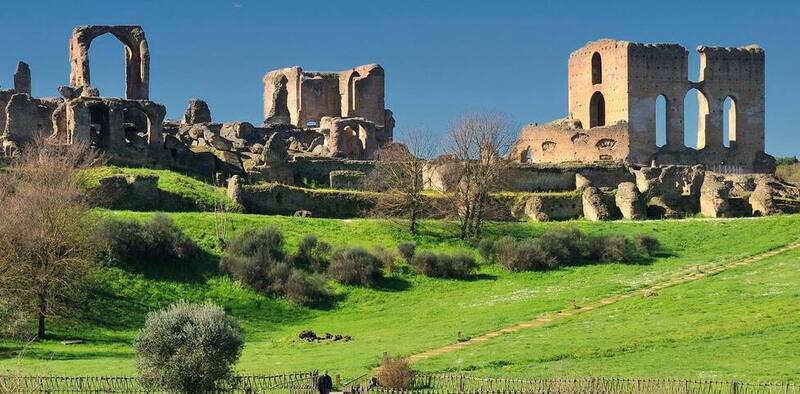
The Villa dei Quintili is among the most interesting and finest sites in Rome, this was once the home of Emperor Commodus, the negative character from the movie Gladiator. And the best part is that the condition of this villa remains good. Don’t miss the gladiator training area.
